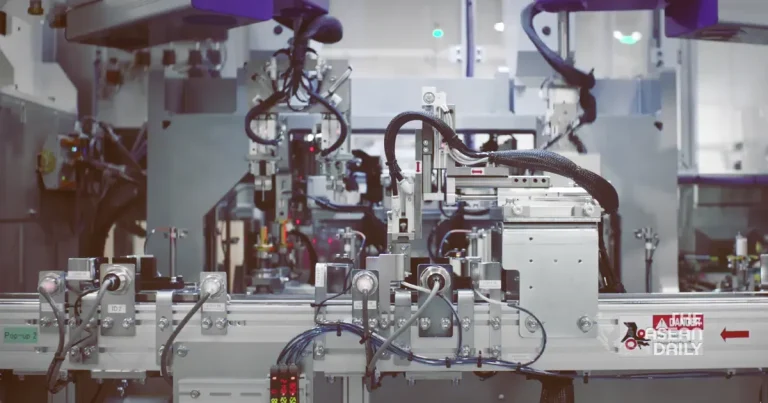2-10-2024 (SINGAPRORE) Singapore’s manufacturing sector has bucked the downward trend observed across much of Asia, posting yet another month of growth in September. This positive performance stands in stark contrast to the subdued industrial output experienced by many of its regional counterparts.
The Purchasing Managers’ Index (PMI), a key indicator of manufacturing sector health, climbed to 51 points in September, up from 50.9 in August. This uptick, revealed in data released by the Singapore Institute of Purchasing and Materials Management on October 2, signals continued expansion in the sector, with readings above 50 indicating growth.
The electronics subsector emerged as the primary driver of this growth, with its PMI reaching 51.5 points – a six-year high. This surge in electronics manufacturing has been attributed to increasing global demand, particularly in the realms of smartphone and PC replacements, as well as the widening adoption of artificial intelligence applications.
OCBC Bank’s chief economist, Selena Ling, noted that the positive readings were in line with expectations, given the encouraging industrial production data from August. She remarked, “The faster expansion of some of the underlying sub-indexes generally indicates a pickup in external demand conditions, consistent with a global soft landing narrative.”
However, the broader Asian manufacturing landscape presents a more sombre picture. Countries such as Japan, China, South Korea, Malaysia, Indonesia, and Vietnam have experienced significant drops in industrial output, largely due to anaemic global demand and decelerating growth in the United States. Even nations like Taiwan, Thailand, and the Philippines, while still in expansion territory, are forecasting slower-paced growth.
DBS Bank economist Chua Han Teng expressed optimism about Singapore’s manufacturing prospects for the remainder of 2024, highlighting electronics as the key driver of overall growth. However, Ling cautioned about potential challenges on the horizon, including rising input prices and falling supplier deliveries, which could signal emerging global supply chain issues.
These concerns are compounded by geopolitical factors, such as escalating tensions in the Middle East and the looming US elections, which may introduce additional uncertainty into the global economic landscape. The possibility of new tariffs being imposed on China and other economies has also raised concerns among market watchers.
On a more positive note, China’s recent economic stimulus measures, including interest rate cuts and increased banking system liquidity, could provide some reprieve and positively impact near-term growth momentum in the region.
UOB associate economist Jester Koh offered a more optimistic outlook, suggesting that the replenishment of inventories could provide further tailwinds to the recovery. Koh anticipates that the strong sequential momentum in electronics manufacturing will persist through the rest of 2024 and into early 2025.




